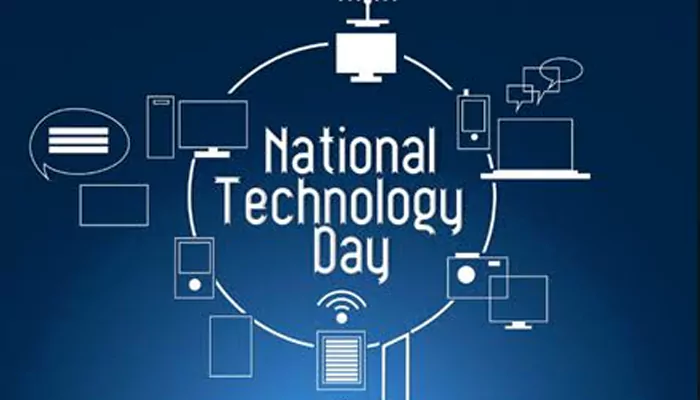
In the realm of corporate cybersecurity, a seemingly trivial action like locking your computer screen when unattended can have significant implications.
It's a basic but crucial practice in safeguarding sensitive information and preventing unauthorized access or malware installation. Despite its importance, many employees overlook this simple step. To address this, let’s explore four user-friendly methods to lock your computer screen on both Windows and macOS platforms, enhancing security with minimal effort.
Use a Keyboard Shortcut
Quick and effortless, keyboard shortcuts are a default feature on both Windows and macOS, requiring no additional configuration.
Windows (10 or 11): Simply press `Windows + L`.
MacOS: Use the combination `Control + Command + Q`.
This method is ideal for those who prefer speed and convenience, enabling screen locking in just a second.
Use the Power Button
This method varies between the two operating systems:
MacOS: Modern Macs equipped with Touch ID allow users to lock the screen by resting a finger on the Touch ID sensor. Apple keyboards lacking Touch ID have a special Lock key for this purpose.
Windows: While there's no direct equivalent, Windows allows users to configure the power button to put the computer to sleep and lock it simultaneously. In the Power and sleep settings, navigate to "Choose what the power buttons do" under Additional power settings. Set "When I press the power button" to Sleep and ensure the Sign-in options are set to require sign-in always.
Just Move the Pointer
MacOS: Utilize the Hot Corners feature. By moving the pointer to one of the screen's corners, a predefined action, such as locking the screen, is triggered. This feature requires a brief setup but offers an intuitive and quick way to secure your screen.
Windows: Although lacking a native Hot Corners feature, Windows users can replicate this functionality. Tools like WinXCorners add this feature to the system. Alternatively, create a desktop shortcut that locks the computer when double-clicked. Use the following command in the shortcut: `%windir%\System32\rundll32.exe user32.dll,LockWorkStation`.
Use Dynamic Lock
For those prone to forgetfulness, Dynamic Lock offers an automated solution.
Windows (10 and 11): With Bluetooth, Dynamic Lock automatically secures your computer when your paired device moves out of Bluetooth range.
MacOS: While there's no built-in feature, the Near Lock app provides similar functionality. It allows the use of an iPhone or Apple Watch to lock your Mac automatically. This is particularly useful as you're more likely to have your watch on your wrist throughout the day.
Additional Considerations
Beyond these methods, it's essential to configure all devices to auto-lock after a period of inactivity. This extra layer of security ensures that, even if the above methods are forgotten, the device will still be protected.
Beyond the Office – Remote Work Considerations
With the rise of remote work, these security practices become even more pertinent. Home environments may not have the same security controls as office settings, making it essential for remote employees to diligently lock their screens when stepping away. This is especially important when working in public spaces like coffee shops or co-working spaces, where the risk of shoulder surfing and unauthorized access increases.
Incorporating these screen locking methods into daily routines is a small step for an individual but a giant leap in organizational cybersecurity. By combining technology, awareness, and habit-forming practices, we can significantly mitigate the risk of unauthorized access and data breaches. As cyber threats evolve, so must our defenses — and sometimes, the first line of defense is as simple as locking a screen.












